Tokyo Station’s second-most popular bento is great because of what it isn’t【Taste test】
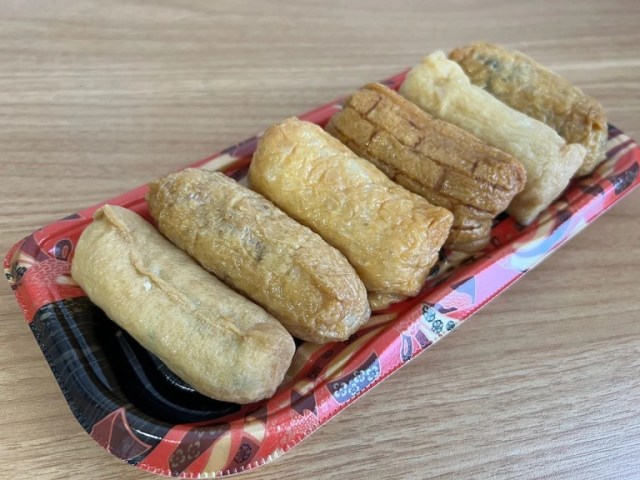
Unassuming inarizushi just might be the best bento to grab at Tokyo Station.
Inside JR Tokyo Station, there are a lot of…well, there’s a lot of everything. A lot of train lines (10 regular and four Shinkansen). A lot of people (almost half a million passengers a day). And a lot of bento boxed lunch options.
With too many bento options to count but only one stomach, obviously you’re going to have to narrow down your choices. Helpfully, Gransta and Ecute Tokyo (a pair of shopping areas connected to and within JR Tokyo Station) have recently released a list of their most popular, best-selling bento.
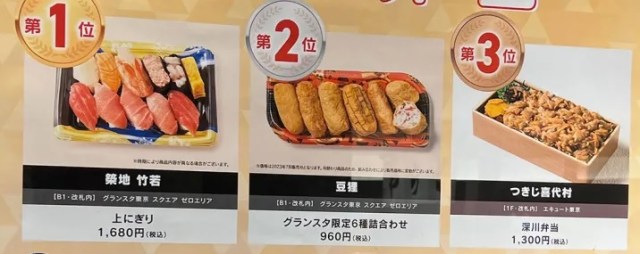
At the top of the ranking is the premium Jo-nigiri sushi set from Tsukiji Takewaka’s Gransta branch, and at number three is the Fukagawa Bento with Fukagawa-meshi, a dish where rice and clams are steamed in the same pot, from Tsukiji Kiyomura. Since the Gransta/Ecute bento rankings exclude bento from other regions shipped in to Tokyo Station, it’s not surprising to see sushi and Fukagawa-meshi in the top three, as they’re both things Tokyo is famous for. What did surprise us, though, is the second-most popular JR Tokyo Station bento: the Gransta-Exclusive Six-piece Inarizushi Assortment from Mameda.
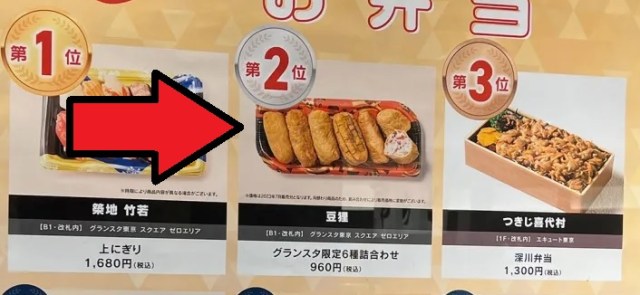
Inarizushi is a kind of sushi in which vinegared rice is wrapped in a thin sheet of fried tofu. Different shops and restaurants will mix different things in with the rice for different flavors, but with Mameda’s inarizushi set sandwiched between the more luxurious sushi and Fukagawa-meshi bento, we wondered what made it so popular, so we decided to try it for ourselves.
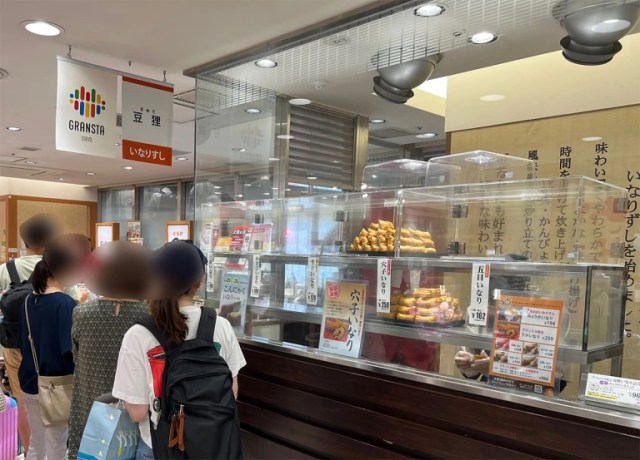
Sure enough, when we arrived at Mameda’s counter inside the JR Tokyo Station ticket gates on basement level 1, there was a line of people waiting to buy their inarizushi.
▼ Inarizushi
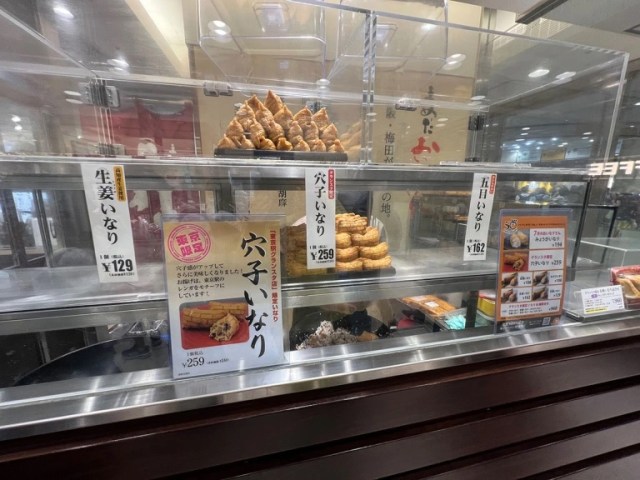
You can order individual pieces, but we went with the Gransta-Exclusive Six-piece Inarizushi Assortment, which is priced at 960 yen (US$6.95).
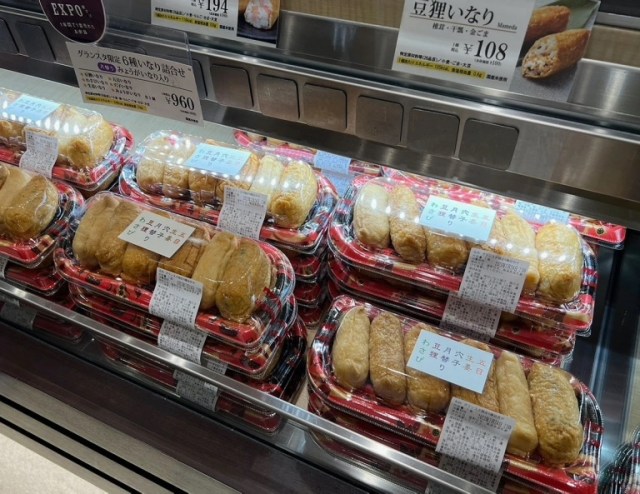
That price works out to 160 yen per piece, which is a little on the pricy side for inarizushi, but not prohibitively so.

Appearance-wise, these aren’t especially different from the inarizushi you’ll find at Japanese supermarkets. The set gets you one inarizushi each with anago (saltwater eel), shiitake mushroom, wasabi, ginger, and gomoku (carrot, shiitake, and lotus root) fillings. The sixth piece gets a special filling that changes each month, and when we stopped by in July it was myoga (Japanese ginger flower buds).
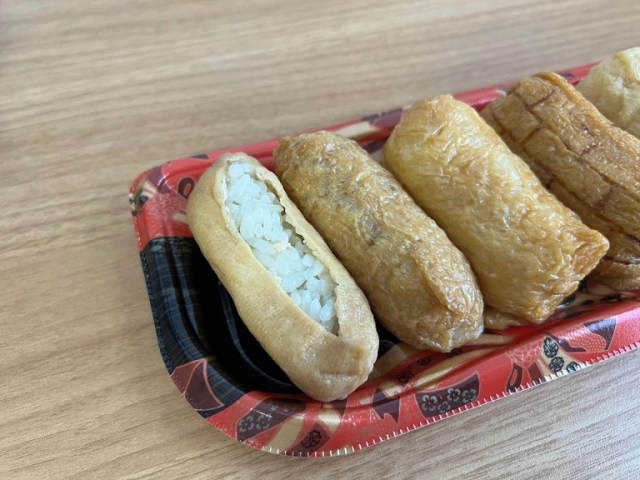
We tasted them one at a time, and they were all good. However, as a simple dish that Japan’s been eating for generations, inarizushi is almost always good. Even supermarket and convenience store inarizushi is pretty tasty, and while Mameda’s is clearly a step above those, it’s not like it’s going to completely change anyone’s perceptions by reaching some sort of previously unfulfilled potential that we never knew inarizushi had.
But as we continued eating, the Gransta-Exclusive Six-piece Inarizushi Assortment’s number-two ranking started to make sense.

Like we mentioned above, Tokyo Station is the nexus of a lot of different train lines, and while it’s a commuter hub, it’s also one of the primary jumping-off points for travel to other parts of Japan. If you’re going to be spending the next few hours on a train to get to your vacation destination, you’re going to need something to eat along the way, so what’s the best thing to choose?
You want something filling, but not so heavy that you’ll still be stuffed when you get off the train. The opportunity to eat lots and lots of local regional foods is, after all, one of the primary reasons people travel in Japan. And if you’re going to be eating on the train, out of consideration to the other passengers you want something that doesn’t have a strong smell and isn’t going to make a mess.
Inarizushi checks off a lot of those boxes. It has that magical filling-but-light quality that’ll keep your stomach from rumbling but still leave you with space to go get some Nagoya chicken wings, Kyoto green tea sweets, or Hiroshima okonomiyaki as soon as you get off the train. There’s no risk of splashing and little chance of spilling anything as you eat it. Mameda’s six-flavor assortment gives you some variety to enjoy without having to run around to a bunch of different shops or hash out the selections yourself if you’re in a hurry to get to your platform, and it’s also easy to share with friends, family, or whoever else you’re traveling with.
Taking all that into consideration, Mameda’s inarizushi set really is a great choice, not necessarily as a culinary destination itself, but as arguably the ideal part-of-the-journey meal.
Shop information
Mameda (Gransta branch) / 豆狸(グランスタ店)
Address: Tokyo-to, Chiyoda-ku, Marunouchi 1-9-1, inside JR Tokyo Station ticket gates, basement level 1, near Marunouchi Chika Chuo Gate
東京都千代田区丸ノ内1-9-1 JR東京駅改札内B1F 丸の内地下中央口改札
Open 8 a.m.-10 p.m. (Monday-Saturday), 8 a.m.-9 p.m. (Sunday, holidays)
Website
Photos ©SoraNews24
● Want to hear about SoraNews24’s latest articles as soon as they’re published? Follow us on Facebook and Twitter!
Credit:

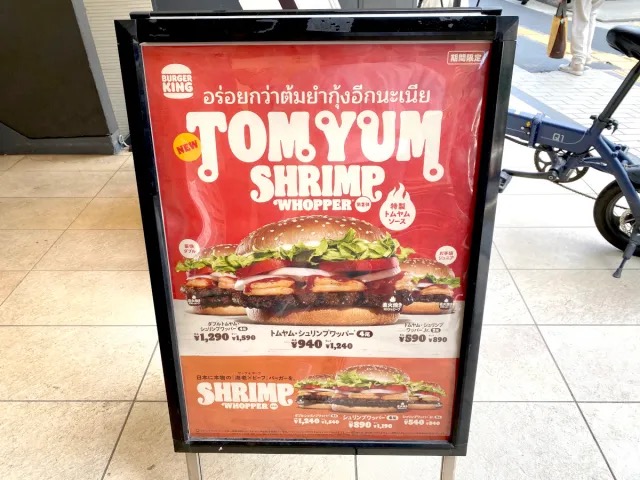


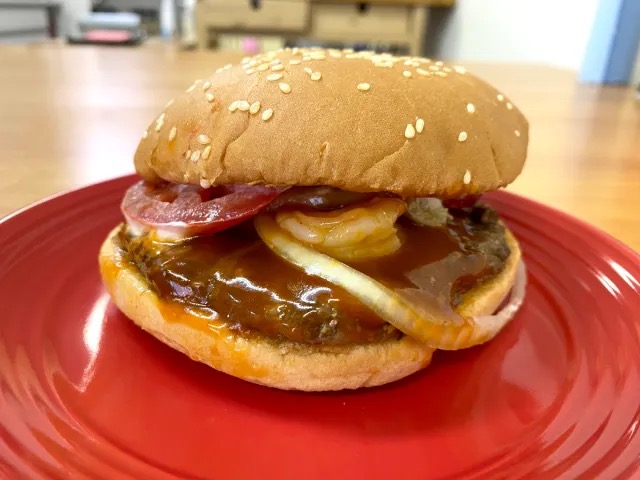
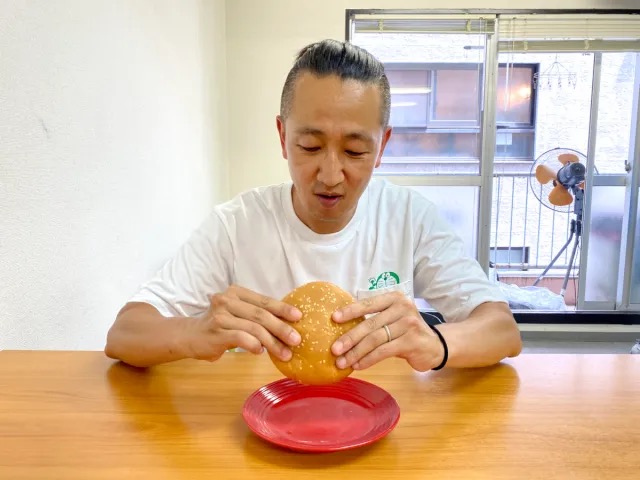
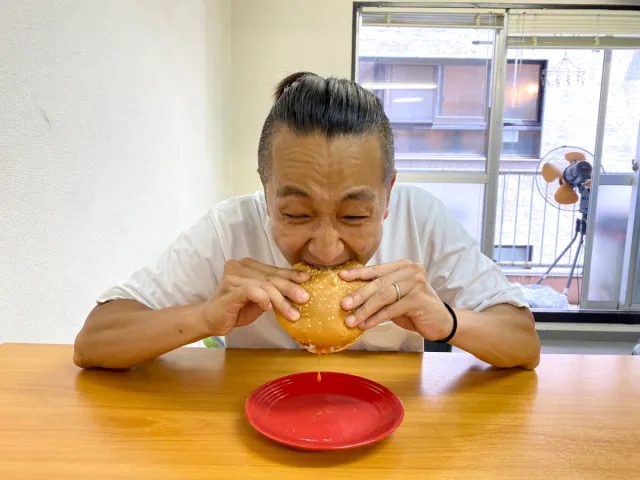
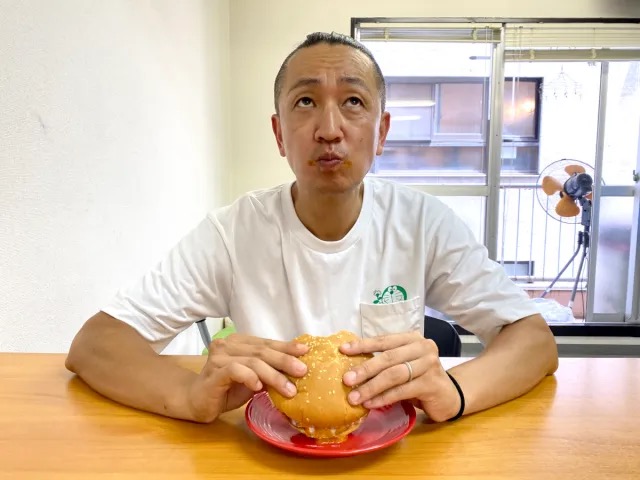
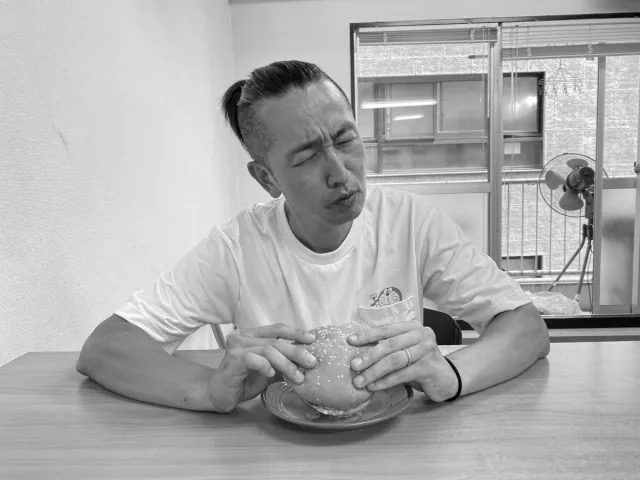
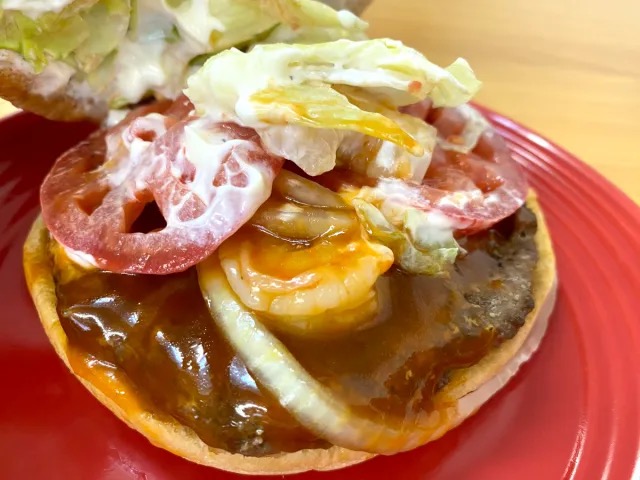


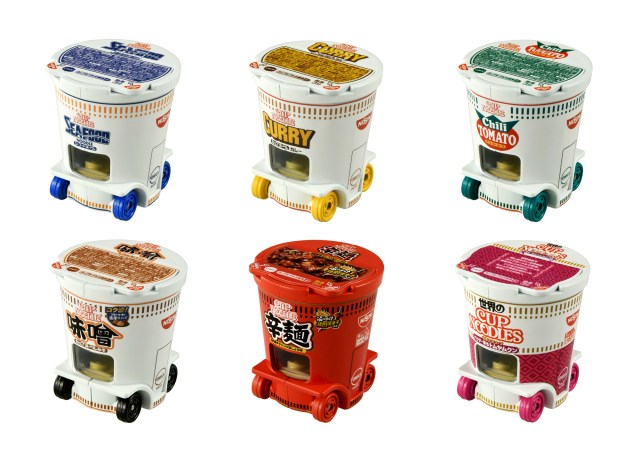
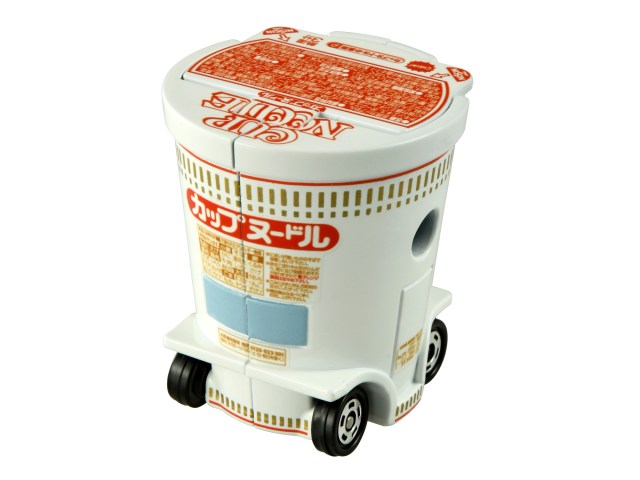
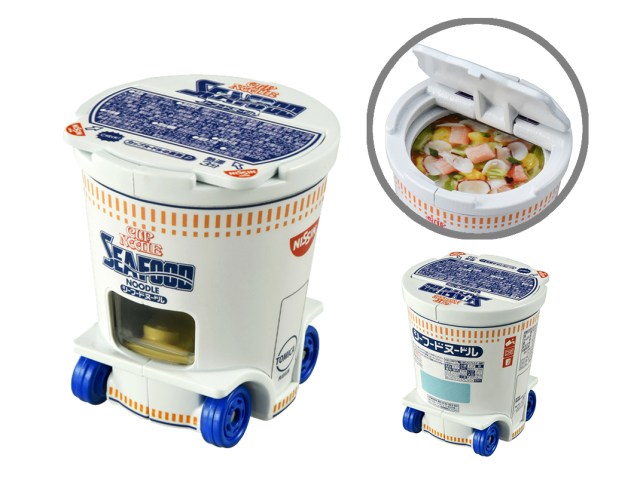
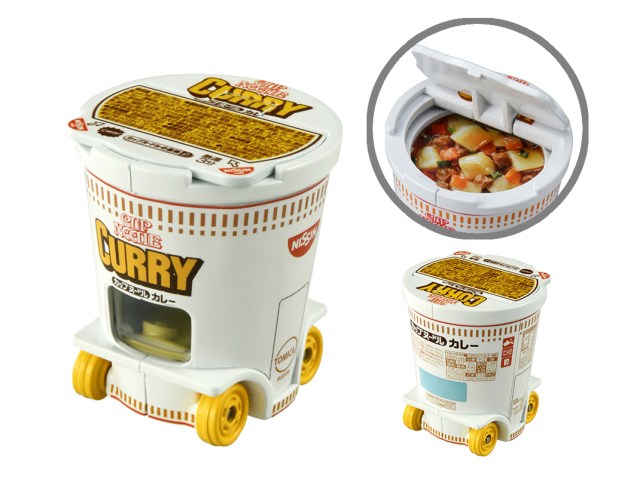
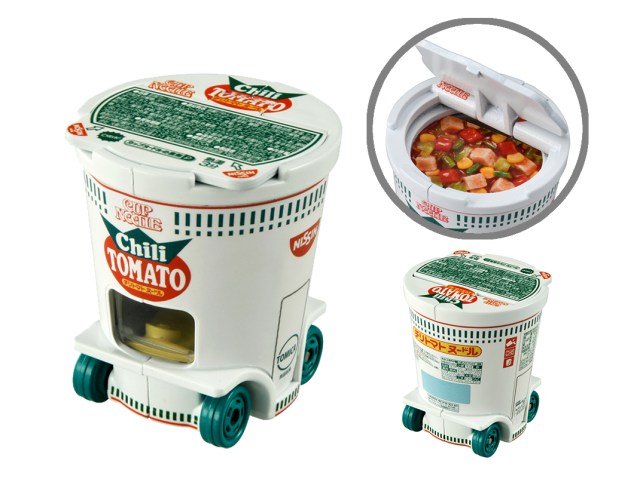
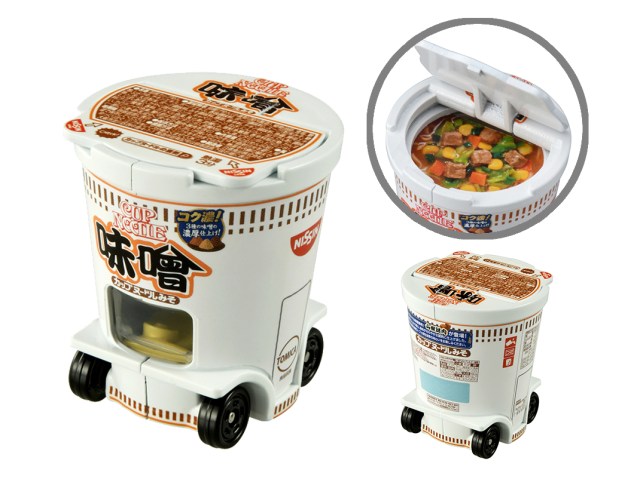
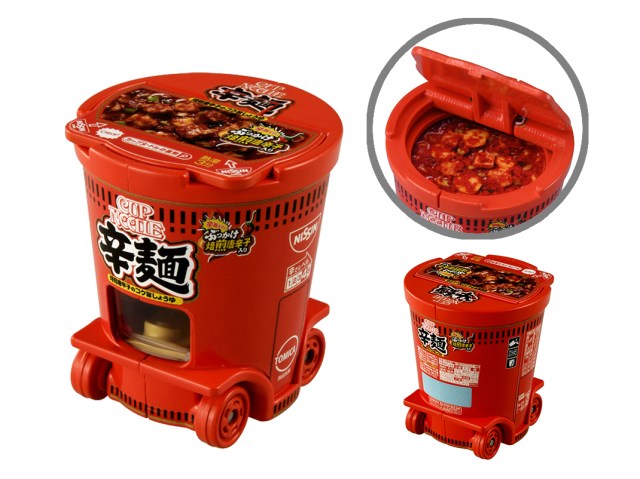
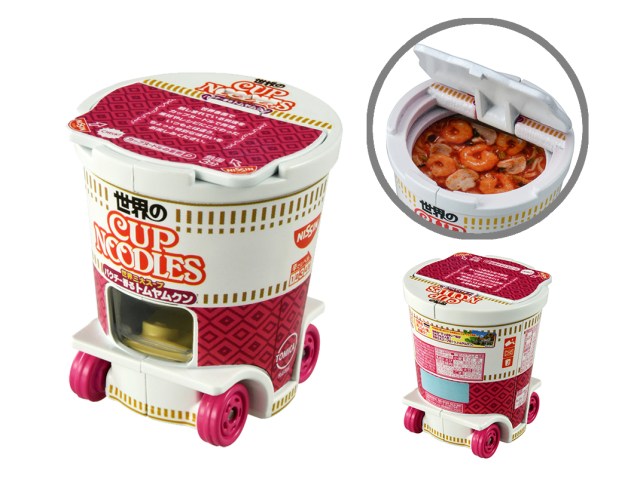
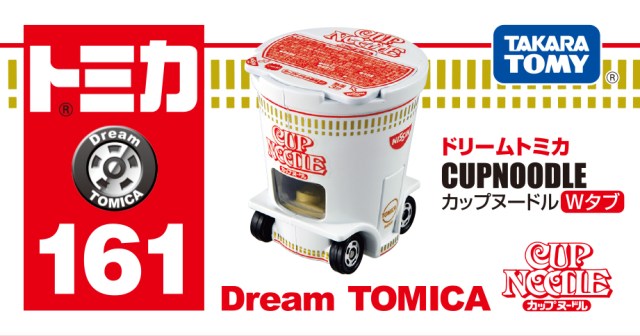
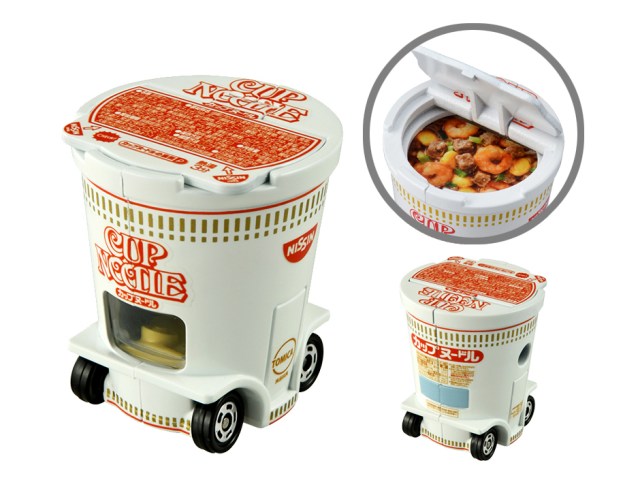
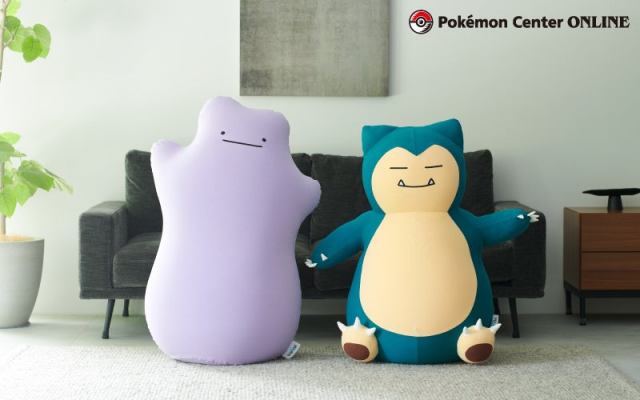
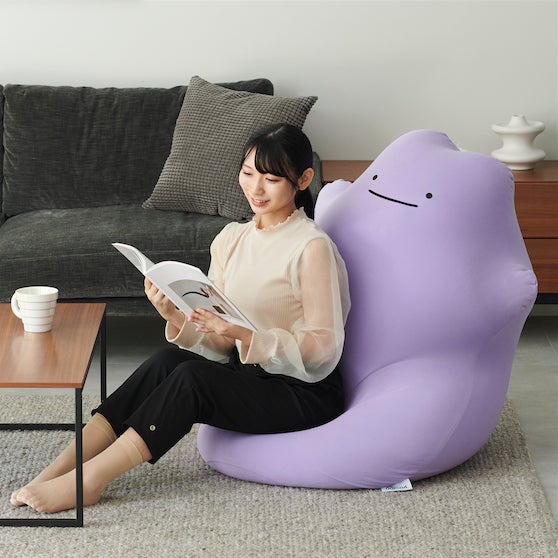

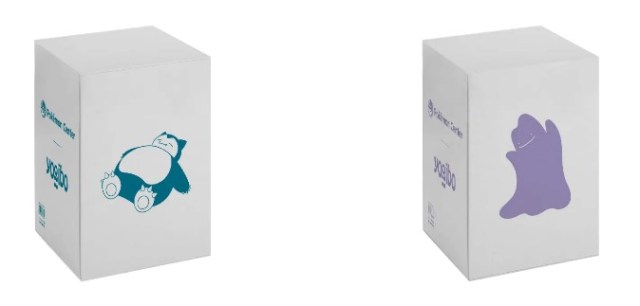
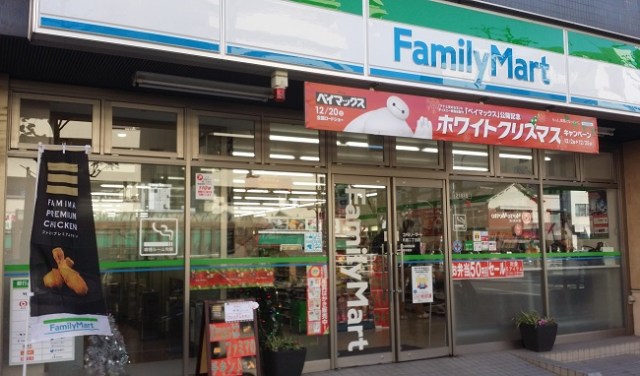
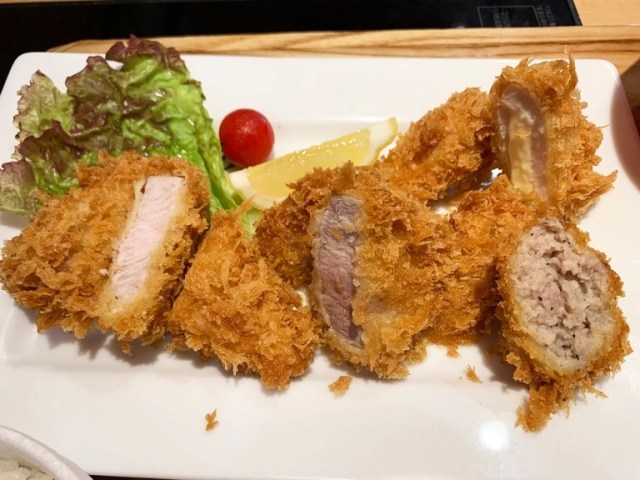
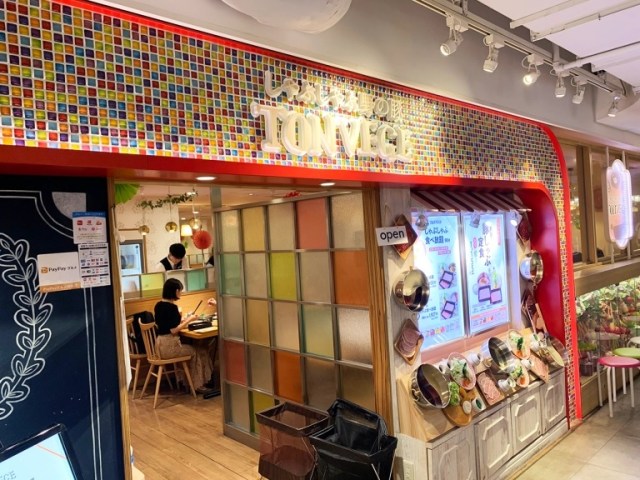
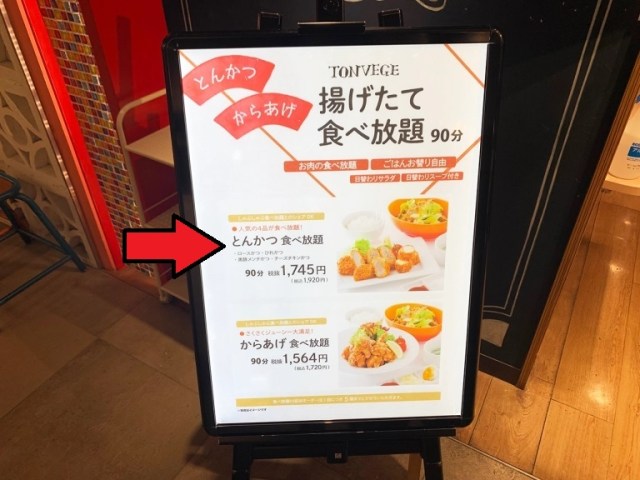
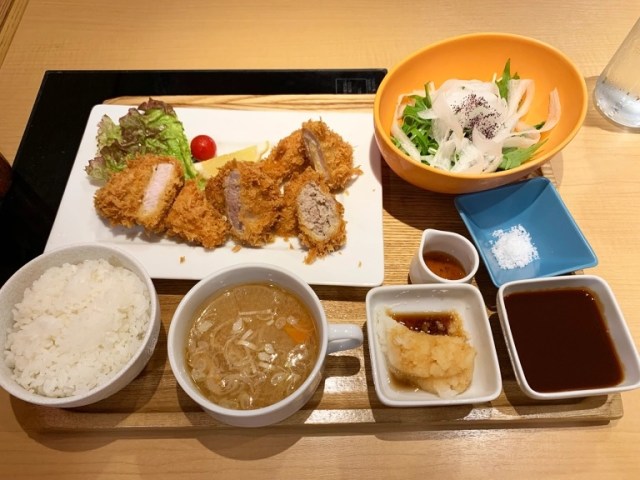
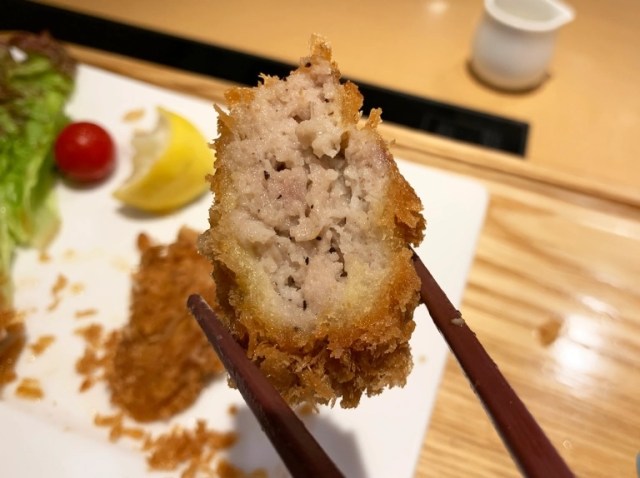
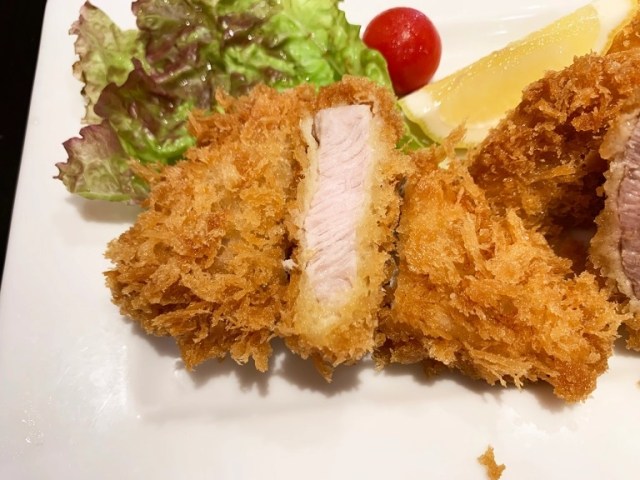
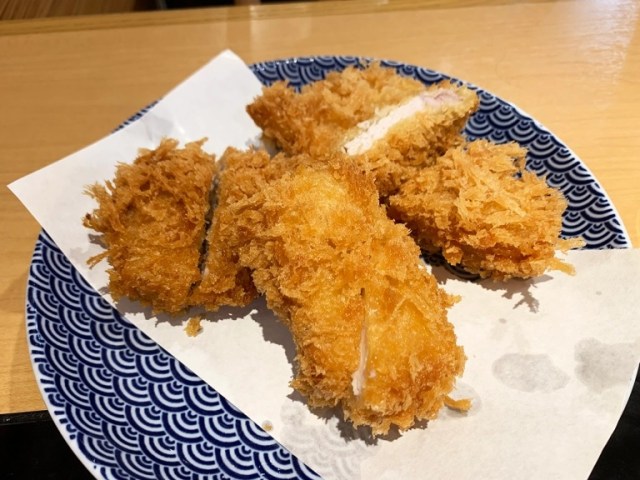
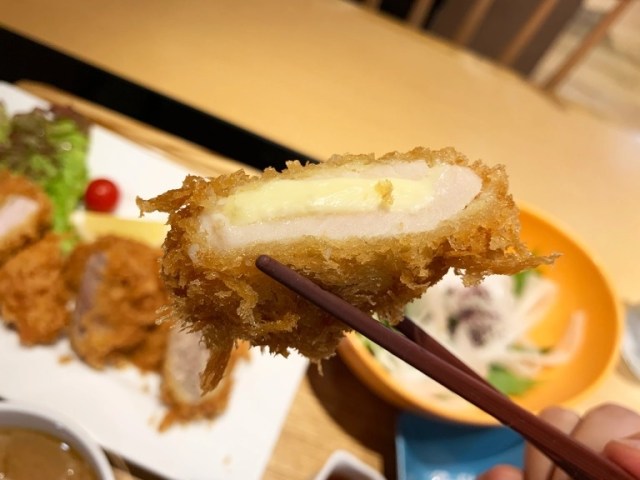
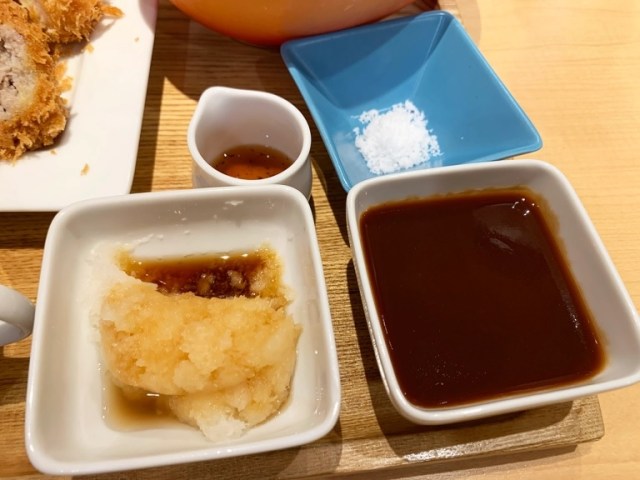
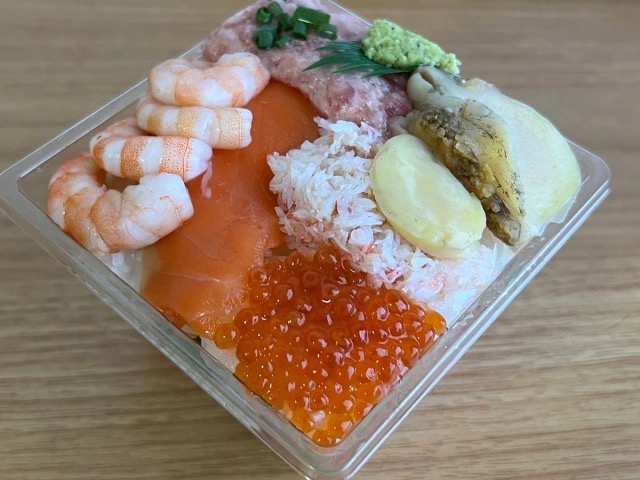
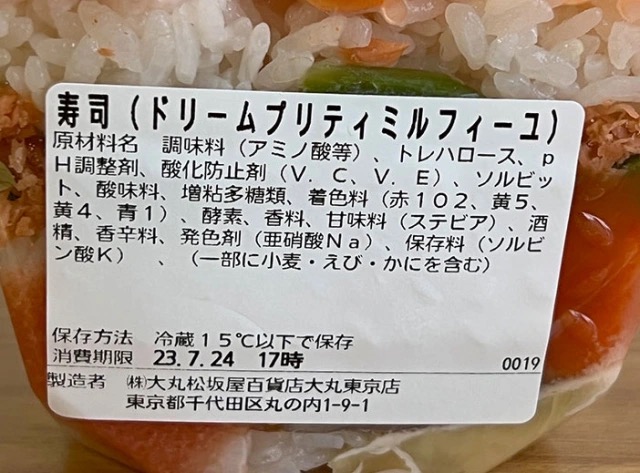
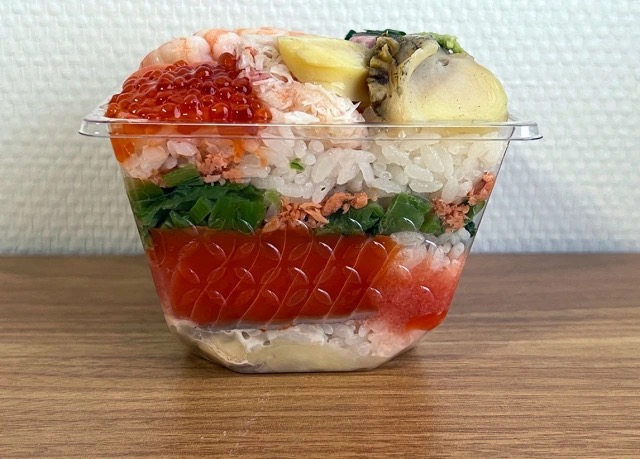
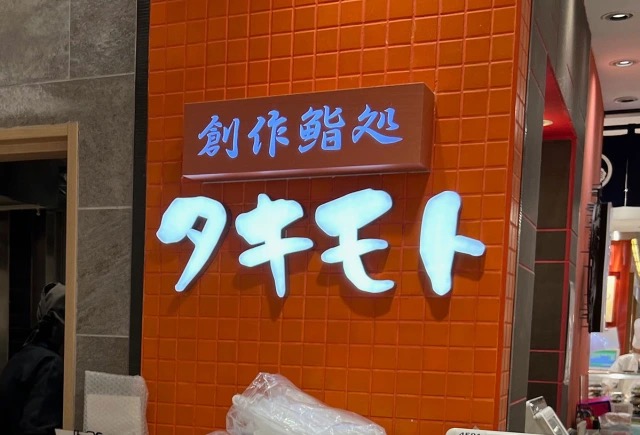
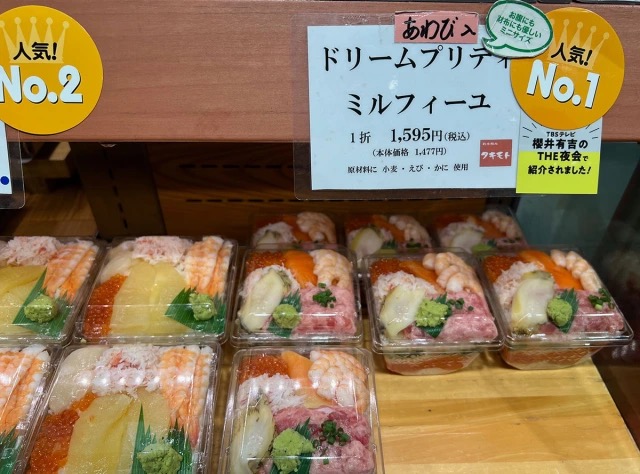

0 comments: